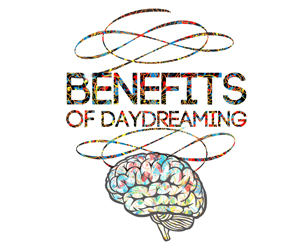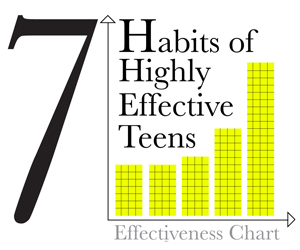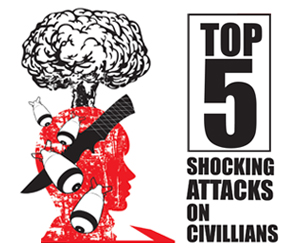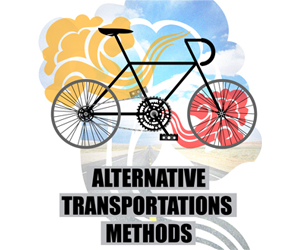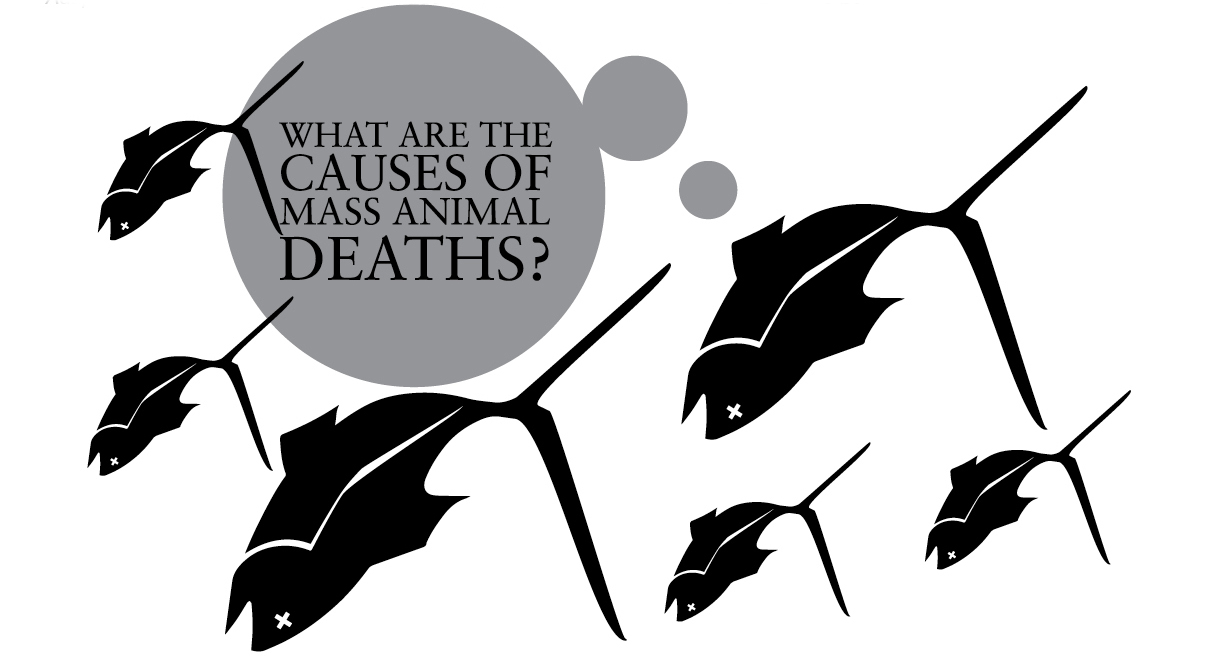 Mass animal deaths are not uncommon within the animal kingdom. Experts have been questioning the range of causes over the last five-years, and wondering how much influence humans have had on these events. For example, have the deaths of ocean life been caused by the Fukushima disaster and increasing acidity of oceans? But, what experts do know is that the mixture of different causes is leading to an alarming change in the aquatic world and steps need to be taken quickly – before it’s too late.
Mass animal deaths are not uncommon within the animal kingdom. Experts have been questioning the range of causes over the last five-years, and wondering how much influence humans have had on these events. For example, have the deaths of ocean life been caused by the Fukushima disaster and increasing acidity of oceans? But, what experts do know is that the mixture of different causes is leading to an alarming change in the aquatic world and steps need to be taken quickly – before it’s too late.
A group of researchers from the University of San Diego, UC Berkeley and Yale studied all the reports of mass animal deaths since 1940. Their study showed that these events are becoming more frequent and are increasing in size. The number of deaths is higher for birds, fish and marine invertebrates. Thirty-five of the events caused the death of most, if not all, of an animal population in the area.
Causes of mass animal deaths
“Mass die-offs result from both natural and human-driven causes,” said one of the researchers, Samuel Fey. He studies how extreme temperatures can affect living populations. The study showed that the number one cause of mass animal deaths was disease, which was responsible for 26 percent of the mass deaths. This was followed by human activity, which was mostly traceable to environmental contamination (pollution). Another cause was trauma (injury), resulting from unexpected changes to the paths of animals that move in formations.
Deaths caused by trauma
Take for example, the deaths of 5,000 red-winged blackbirds in Arkansas, USA, in January 2011. This was probably caused by the confusion of the birds who were leading the flock, and caused the entire flock to fly into obstacles such as the ground, trees, buildings, and each. Red-winged blackbirds have poor eyesight and fly close to one another. In a second example, more than one hundred whales washed ashore on Tiruchendur in Tamil Nadu, India, in January 2016. Twenty died, and others struggled to stay alive. According to experts, whales are social animals who are also led by a leader. So, like the blackbirds, when the leader gets disoriented and goes off-course, the pack immediately follows. Events such as earthquakes can cause these dangerous route changes.
Deaths caused by human activity
Human activity such as pollution leading to climatic changes such as El Niño and rising global temperature causes these massive deaths. For example, in 2015, 33 metric tons of dead fish were washed up at the Rodrigo de Freitas Lagoon, which will be the venue for the 2016 Summer Olympics in Rio de Janeiro as a result of a lack of oxygen in the water. This was probably caused by pollution.
Climatic changes have been linked to the deaths of thousands of giant squids on a Chilean coast at the beginning of 2016. Although this was not the first time large numbers of squids had died in the area, the astronomical number of deaths was. Rising temperatures were linked to the deaths of thousands of bats in Bhopal, India, in 2015, and the deaths of 100,000 bats in Queensland, Australia, in 2014. These flying mammals are very vulnerable to the heat.
Effects of mass animal deaths
What then is the consequence of such animal deaths? The death of a large number of animals can have effects on other groups of animals. This was shown by the deaths of around 8,000 seabirds in Alaska in February 2016. The birds starved because there were not enough fish to feed them. Similarly, it can also affect our marine food source. Experts in wildlife conservation say that we need to understand more about the the aspects that affect animal communities so that we can know how to change these consequences.

Taken from http://advocacy.britannica.com/blog/advocacy/2011/04/mass-animal-deaths/map/
Sources: http://www.cbsnews.com/news/mass-animal-deaths-on-the-rise-worldwide/ and http://www.dw.com/en/alarming-rise-in-mass-animal-deaths/g-19055528 and http://www.indiatimes.com/news/world/as-more-and-more-dead-sea-animals-wash-ashore-we-look-at-possible-reasons-causing-it-249827.html and http://bigthink.com/dr-kakus-universe/what-is-really-causing-the-spate-of-sudden-animal-deaths











